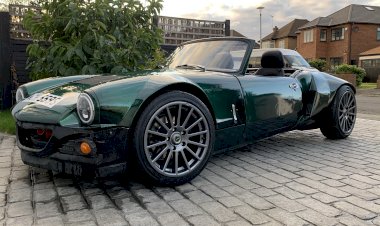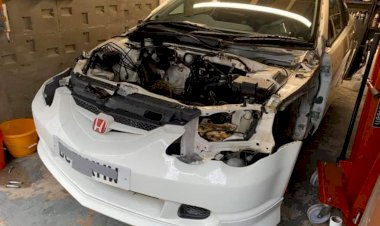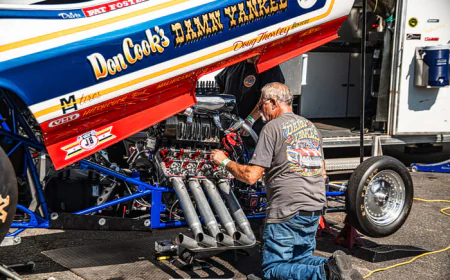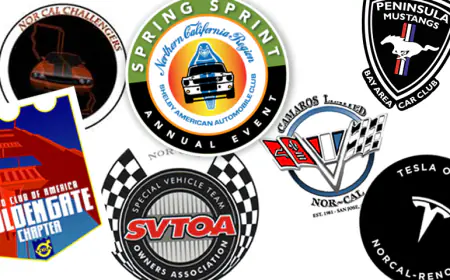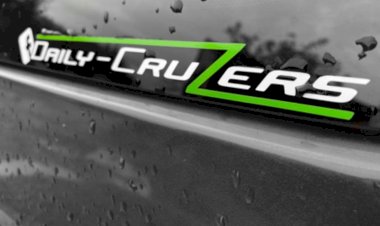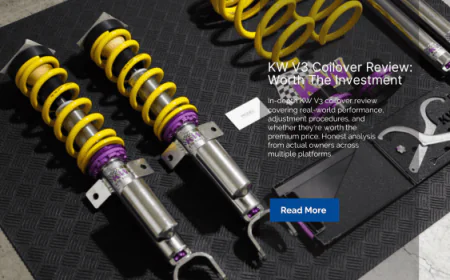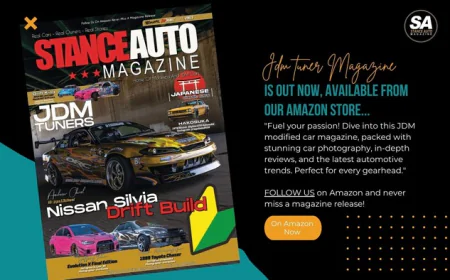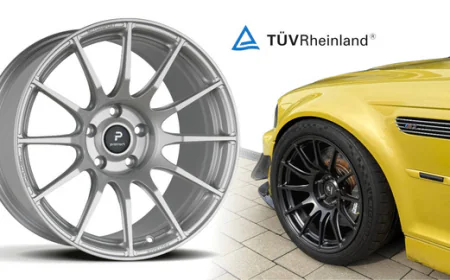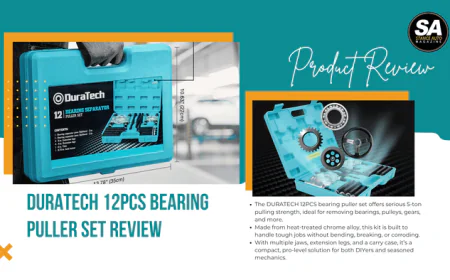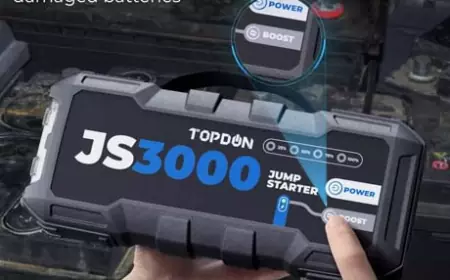What is Air Suspension?
What is air suspension, what are the pros and cons, and is it a good choice for your vehicle? This in-depth guide covers everything you need to know about the benefits and drawbacks of air suspension systems.
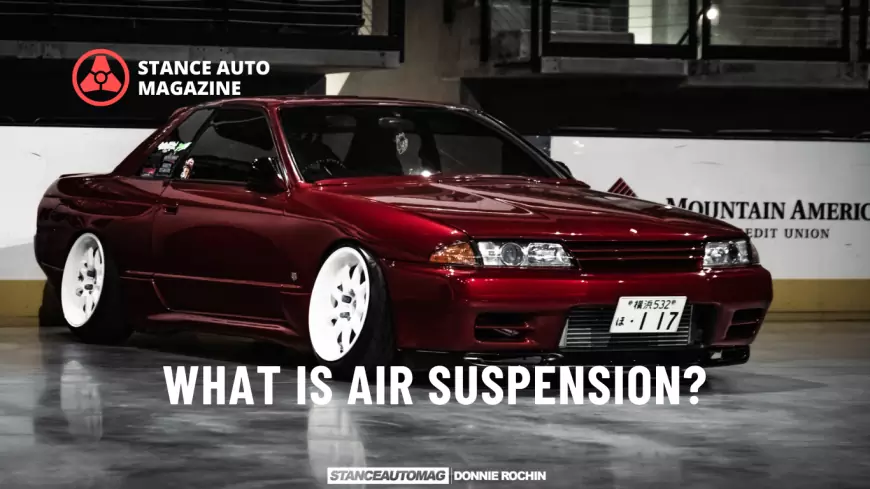
Stay updated with the latest news, in-depth features, and expert insights. Join our community of like-minded enthusiasts and elevate your automotive experience. Explore Stance Auto Magazine today!"
Order Your Printed Magazine Here!!
What is Air Suspension?
Whether you’re cruising down the highway or crawling over rocky terrain, having a smooth and comfortable ride is key. That's where air suspension comes in. Air suspension uses air springs and compressed air to provide a cushy, adjustable ride. But how does it work exactly? And is it the right choice for your vehicle?
Welcome to Stance Auto Magazine, a hub for automotive enthusiasts who appreciate the art of car modification and customization. While our name may imply a focus on stanced cars, we want to make it clear that we cater to all types of modified and customized vehicles.
What Does an Air Suspension Do?
Air suspension replaces traditional steel springs with airbags that can be inflated or deflated as needed. This allows drivers to easily adjust the ride height and stiffness of the suspension on the go. Here are some of the key benefits air suspension provides:
- Smoother ride quality - Air springs absorb bumps and vibrations better than steel coils.
- Height adjustability - With the push of a button, the vehicle's ride height can be raised for off-roading or lowered for easier access.
- Better load support - The airbags automatically inflate to maintain proper ride height when carrying heavy loads.
- Superior handling - Computer-controlled air suspension reacts faster than passive systems to adjust damping and ride height in real time.
By customizing the air pressure in the springs, drivers get a tailored ride for any driving situation. Going over potholes? Add more air for a plusher ride. Hauling heavy cargo? Inflate the bags to level the load. The flexibility of air suspension lets you optimize comfort, handling, and practicality.
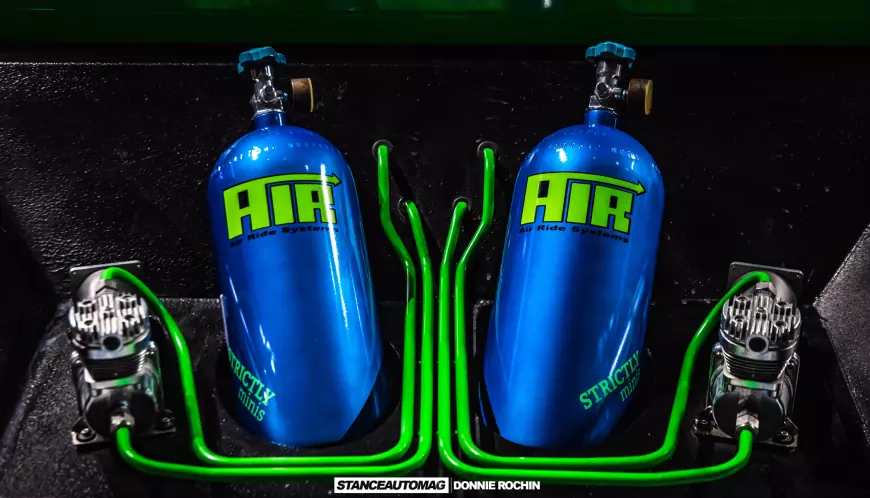
What are the Disadvantages of Air Suspension?
While air suspension has some clear advantages, it also comes with a few drawbacks to consider:
- High cost - The components for air suspension are more expensive than traditional steel springs.
- Reliability issues - Air bags can develop leaks and the compressors can fail over time.
- Low ground clearance - When the air system is deflated, ground clearance is reduced which hurts off-road capability.
- Maintenance - Owners must inspect and replace air lines, seals, sensors and compressors.
- Limited lifter options - There are fewer options for adding extensive lift kits to air suspension.
The more complex nature of air suspension means there are more parts that could potentially fail. And fixing leaks or issues with lines, sensors, compressors and valves can get pricey. For serious off-road enthusiasts, the lack of significant lift options and low deflated ride heights can also limit the capabilities of air suspension systems.
Is Air Suspension Good for Daily Driving?
Thanks to its plush ride quality and height adjustability, air suspension excels as a daily driver system. Here are some of the advantages for daily commuting:
- All-terrain adaptability - Easily raise ride height when needed for snow, mud or rocky roads.
- Sports car handling - Lower the ride height at higher speeds for better aerodynamics and handling.
- Easy entry/exit - Quickly drop the vehicle closer to the ground for easier access getting in and out.
- Automatic adjustments - Self-leveling and real-time damping adjustments react to driving conditions for ideal daily performance.
- Heavy load support - Ride height lifts to accommodate extra cargo or passengers without bottoming out.
For most drivers, air suspension offers daily comfort and convenience you can’t get from steel coils. The ability to actively adapt the ride height and softness makes air suspension well-suited for daily commuting duties.

Is Air Suspension Better Than Normal Suspension?
Air suspension has some clear advantages over conventional steel spring suspension, but also comes with downsides. Here's a quick comparison of how the two stack up:
Benefits of Air Suspension Over Regular Suspension:
- Fully adjustable ride height and stiffness.
- Much better handling of bumps and vibration.
- Self-leveling and load compensation abilities.
- Lowered ride height for easier access and improved aerodynamics.
Downsides Compared to Regular Suspension:
- Considerably more expensive to buy and maintain.
- Not as durable or reliable long-term.
- Less maximum lift height capability.
- Lower ground clearance when fully deflated.
For most everyday drivers, the comfort, convenience and handling benefits of air suspension easily outweigh the higher costs. But serious off-roaders may still prefer steel springs for maximum durability, lift height and low-speed crawling capability. It depends heavily on your specific needs and budget.
The Benefits and Drawbacks of an Air Suspension System
Here is a more detailed overview of the key advantages and disadvantages of installing air suspension on your vehicle:
Benefits of Air Suspension
- Smoother Ride Quality - The air springs have progressive spring rates that compress gradually rather than the harsh ramp up felt with steel coils. This absorbs bumps, potholes and vibrations for a more comfortable ride.
- Customizable Height - With the ability to raise or lower ride height on demand, air suspension allows you to tailor ground clearance and access height for specific conditions.
- Better Handling - The computer-controlled damping abilities of air suspension systems react faster for flatter cornering, less body roll, and superior high speed stability.
- Self-leveling - On-board sensors instantly adjust the air pressure to keep ride height consistent when cargo loads change.
- Kneeling Function - Air suspension can rapidly drop the vehicle closer to the ground for easier access getting in and out.
- Obstacle Clearance - Raise the vehicle's ride height instantly with the touch of a button to clear obstacles like steep driveways or rocky terrain.
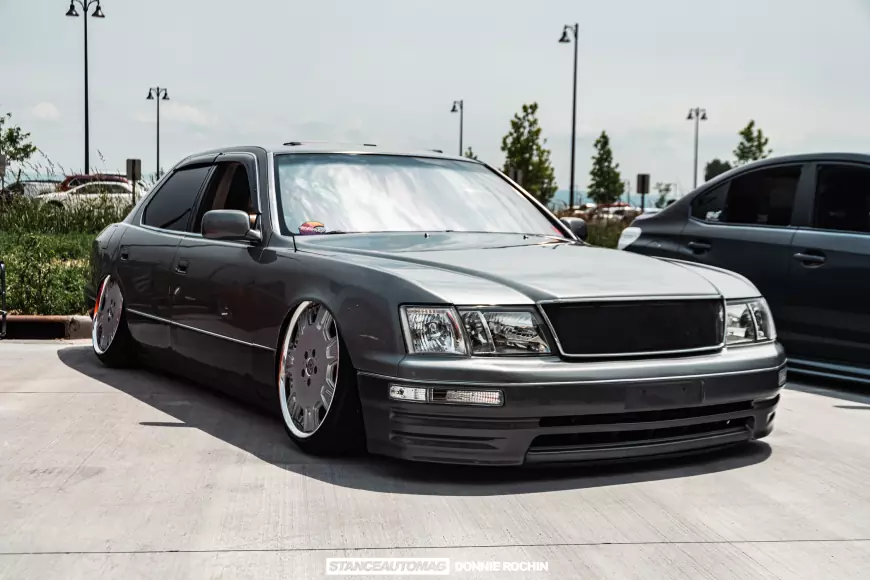
Potential Drawbacks of Air Suspension
- Higher Cost - The compressors, lines, sensors and air springs make air suspension systems much more expensive than basic steel coils.
- More Maintenance - There are more components to inspect and service like compressors, valves and suspension air lines.
- Limited Lift Height - Air springs allow modest lift heights but cannot match the extended travel of steel coilover lifts.
- Reliability Concerns - Air suspension has more parts that could potentially leak or fail over time compared to conventional suspension.
- Lowered Stance - A fully deflated air suspension system will have less ground clearance than steel coils, which could limit off-road clearance.
Overall, air suspension delivers an unparalleled smooth and customizable ride for everyday driving duties. But the higher costs and reliability concerns make air suspension less feasible for hardcore off-road rigs. Weigh the pros and cons carefully based on your specific vehicle usage and budget.
Hyperlinked References for Further Information
- This article from CarBibles covers more air suspension basics including how the different systems work.
- AutoComparison has an in-depth guide comparing air suspension versus traditional steel coil springs.
- The experts at Firestone break down when air suspension is a smart (or not so smart) choice for your vehicle.
Hopefully, this overview has helped explain the key benefits and tradeoffs of installing air suspension. With its smooth adjustable ride, air suspension is a great option for most daily drivers and SUVs. But serious off-road enthusiasts may still prefer the simplicity and extended travel of traditional steel suspension systems.
Other Helpful Articles:
- Car Modifications You Didn't Know Were Illegal
- Is Modifying Your Car Dangerous?
- Which car modifications are against the law?
Have your say, and leave a COMMENT BELOW, it helps the story get more views and reach the Printed Magazine, Thank you.
All Photographs are supplied and owned by the Photographer named, our Photographers can be found HERE!
All of our Magazines can be found on Amazon, they Print and Deliver worldwide, Stance Auto can not be held responsible for the final print, and all complaints and returns must be directed to Amazon.
UKTM no: UK00003572459
 Like
1
Like
1
 Dislike
0
Dislike
0
 Love
0
Love
0
 Funny
0
Funny
0
 Angry
0
Angry
0
 Sad
0
Sad
0
 Wow
0
Wow
0
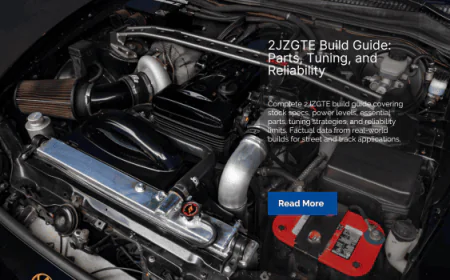


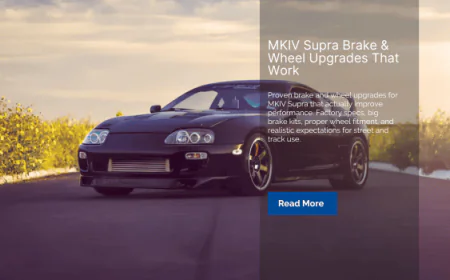








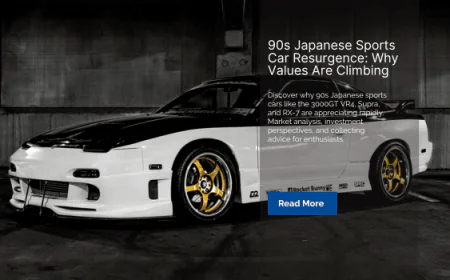


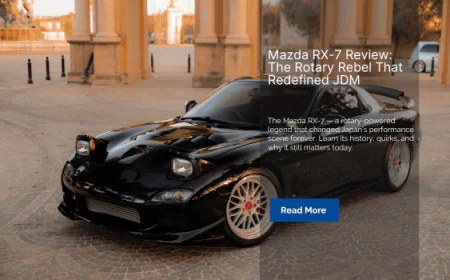
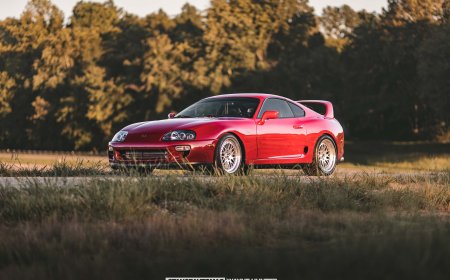











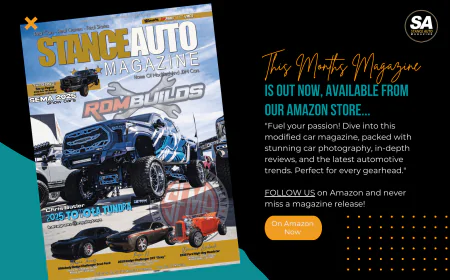
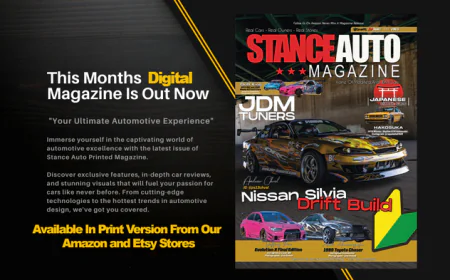


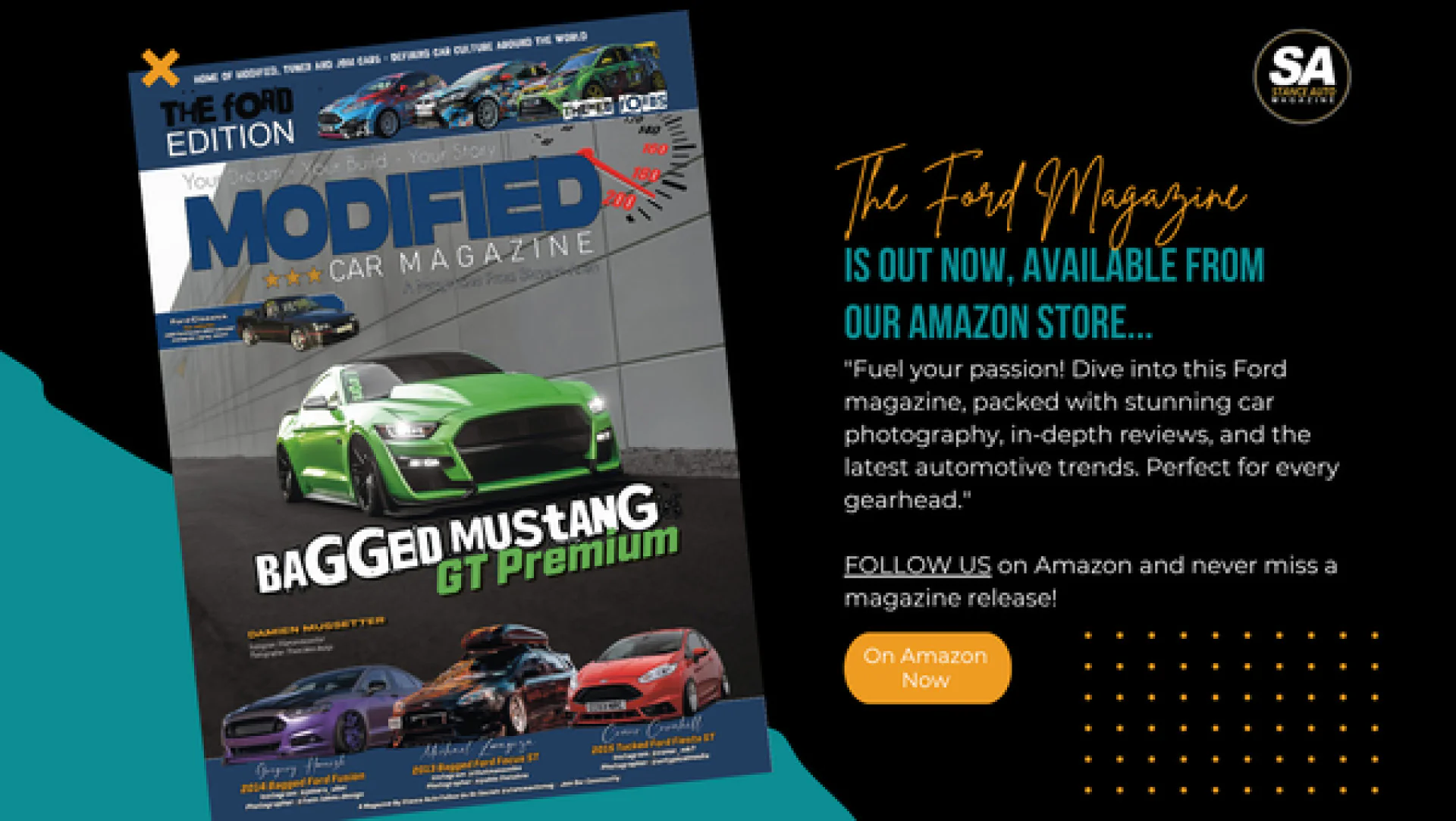










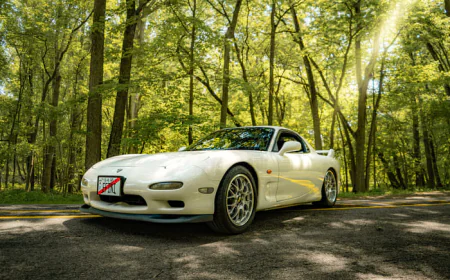


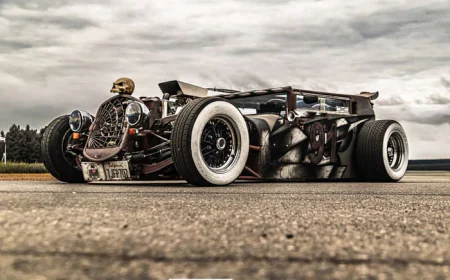




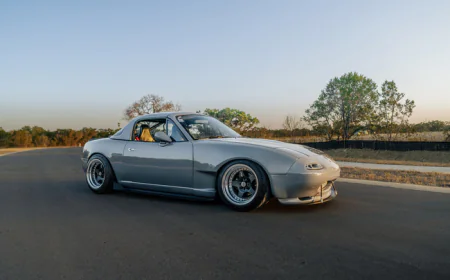











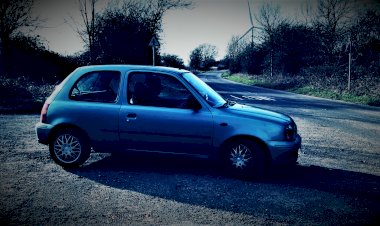





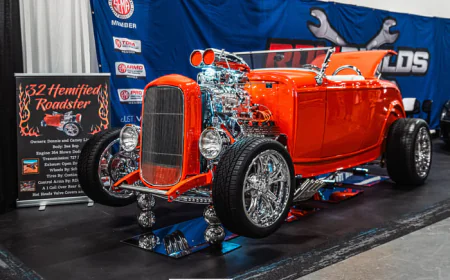


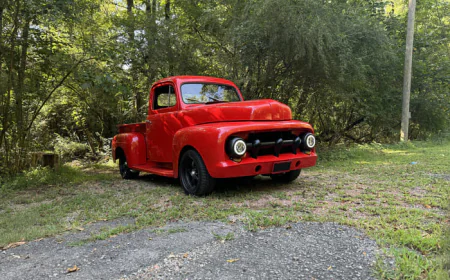

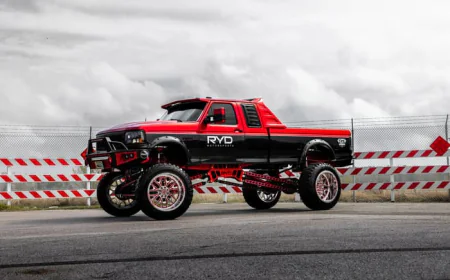














.png)












![[HOONIGAN] Ken Block's GYMKHANA NINE](https://img.youtube.com/vi/_bkX5VkZg8U/maxresdefault.jpg)

































